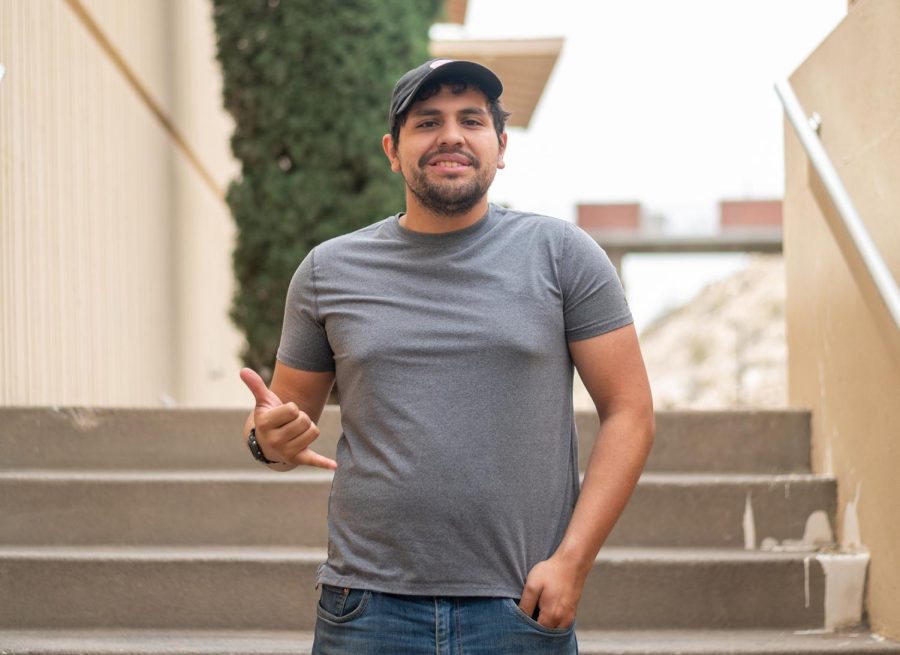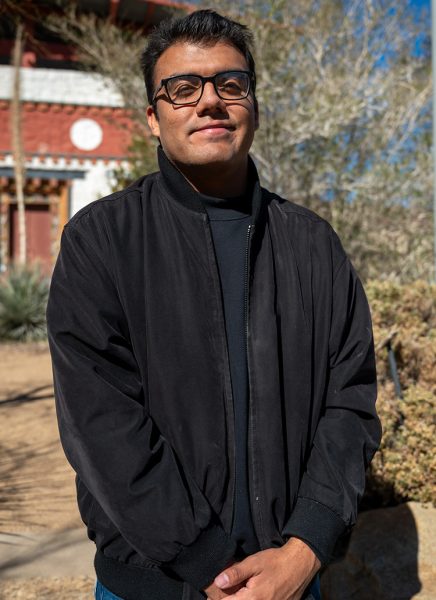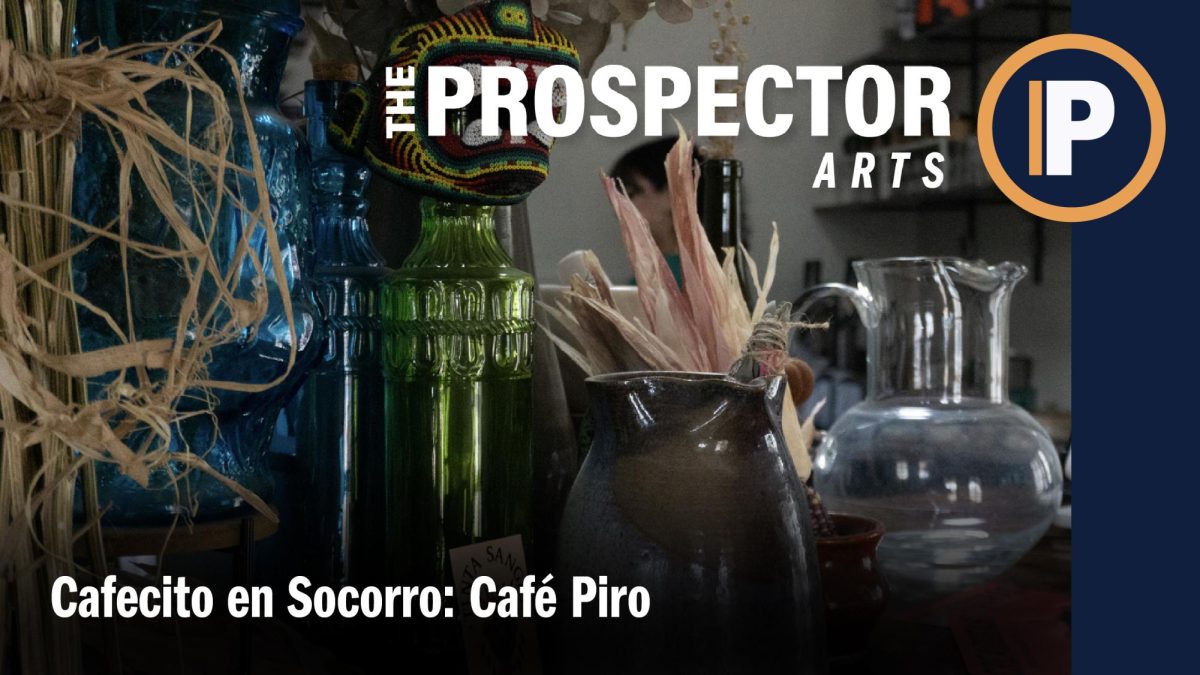Our planet celebrates Earth Day, a special day on the calendar marking humans’ collective achievements that spread awareness about our changing environment to the world, at the end of April. The first Earth Day was in April 1970 as an act of protest toward the unfortunate lack of laws to help protect our planet. Afterward, laws such as Clean Air Act and Clean Water Act, were instituted as a response to the protests during this holiday.
Since Earth Day’s humble beginnings, many people thought freely to bring awareness to our environment, especially those who are a part of our artistic community. Artists from around the world have found ways to represent the positive environmental message through their art. Wicho Valdez studies theatre in performance focus and sees art as especially important in connection with our planet.
“I think what’s important with art and the environment is that it is very meaningful,” Valdez said.
Valdez speaks on a project he is currently working on for a class where the environment is the focus of the art.
“I actually got inspiration in my scenic class to create an elevated raised bed from scraps of used sets and will be used for my own garden,” Valdez said.
Valdez credits this year’s Earth Day event at UTEP with creating more art with an environmentally positive mindset. The goal for Valdez was to create a beautiful garden bed all from recycled theater set pieces.
“I was looking for specific aged wood, having a natural (feel) to it, (and) rustic (look) at the same time,” Valdez said.
Maverick Tyler is a senior studying theatre with a concentration in performance and speaks on how conscious the theatre department is of the planet’s current environmental situation.
“We have a committee that goes through certain tenants, ‘does it represent the community and El Paso? Does it do this and that?’ With one of those beings ‘does that impact our community and ecosystem?’” Tyler said.
Tyler speaks on certain aspects of creating an accurate representation of what a specific environment might look like for a show. If a scene takes place in an area with undesirable looks and trash spread about, they will make it, with hopes of showing the reality of some places around the world.
“I think it’s eye opening to a lot of people and can touch them,” Tyler said.
Reggie Garcia is a sophomore studying theatre designs and graphic and speaks on the aspects of environmental friendliness that go on behind the scenes of theatre productions.
“I think considering the planet and everything, it is very important,” Garcia said. “I work in the design shop here at UTEP and try to make my designs to use as many recyclables as we can, as a lot of artists and shops throw away a lot of good material almost every single day.”
Garcia speaks on how in the community of designers and artists, it is fortunately commonplace to use recyclables in productions, putting the phrase “another man’s trash is another man’s treasure” to a real-life extent. Garcia speaks of the positivity that can be mined from these practices and shows others the beauty in something previously discarded.
“When you see what people can make out of one man’s trash, it’s almost unstoppable with what you can make and do in your life,” Garcia said.
We live on a planet that needs our unconditional love and curiosity toward it. If we treat it unfairly and ignore the negative happenings on it, we ruin our only home for ourselves and future generations to come. Taking the beauty and gifts the earth gives us for granted can be an unfortunate mistake, not just for artists, but humans everywhere.
H. Catching Marginot is a contributor and may be reached at [email protected]










